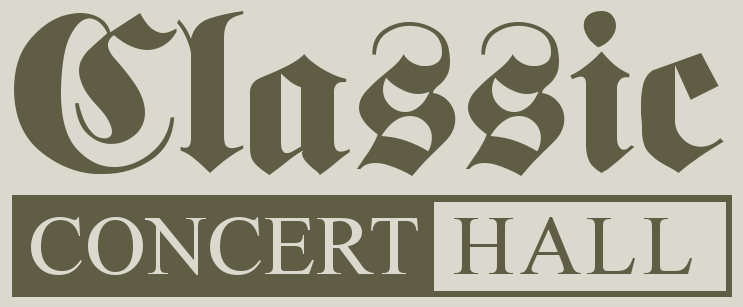|
Comments (10)
Comment on this music
Login/Register to post a comment.
|
Trio nr.1 in C
Uploaded by: wimbomhof
Composer: Georg Andreas Sorge Organ: 1675/88 Hus/Arp Schnitger, Stade, Germany Software: Hauptwerk IV Views: 34
|
Uploaded by:
|
EdoL (08/15/17)

|
|
Composer:
|
Scheidemann, Heinrich 
|
|
Sample Producer:
|
OrganArt Media 
|
|
Sample Set:
|
1675/88 Hus/Arp Schnitger, Stade, Germany

|
| Software: | Hauptwerk IV |
| Genre: | Baroque |
| Description: | Heinrich Scheidemann (ca. 1595 – 1663) was a German organist and composer. He was the best-known composer for the organ in north Germany in the early to mid-17th century, and was an important forerunner of Dieterich Buxtehude and J.S. Bach.
Scheidemann was renowned as an organist and composer, as evidenced by the wide distribution of his works; more organ music by Scheidemann survives than by any other composer of the time. Unlike the other early Baroque German composers, such as Praetorius, Schütz, Scheidt, and Schein, each of whom wrote in most of the current genres and styles,
Scheidemann wrote almost entirely organ music. A few songs survive, as well as some harpsichord pieces, but they are dwarfed by the dozens of organ pieces, many in multiple movements.
Scheidemann's lasting contribution to the organ literature, and to Baroque music in general, was in his Lutheran chorale settings, which were of three general types: cantus firmus chorale arrangements, which were an early type of chorale prelude; "monodic" chorale arrangements, which imitated the current style of monody—a vocal solo over basso continuo—but for solo organ; and elaborate chorale fantasias, which were a new invention, founded on the keyboard style of Sweelinck but using the full resources of the developing German Baroque organ. In addition to his chorale arrangements, he also wrote important arrangements of the Magnificat, which are not only in multiple parts but are in cyclic form towards liturgical use in alternation with the choir during the so called Vespers, a technique in multiple-movement musical construction which was not to return with vigor until the 19th century.
Among his students were Johann Adam Reincken, his successor at the St. Catharine Church in Hamburg, and (possibly) Dieterich Buxtehude. |
| Performance: | Live |
| Recorded in: | Stereo |
| Playlists: |
|
|
Options:
|
 Sign up today to download piece. Sign up today to download piece.
 Login or Register to Subscribe Login or Register to Subscribe
 See what EdoL used to make this recording See what EdoL used to make this recording
|
| |
|
Attachments:
|
- Please Log in to download.
- Please Log in to download.
|
|
|



